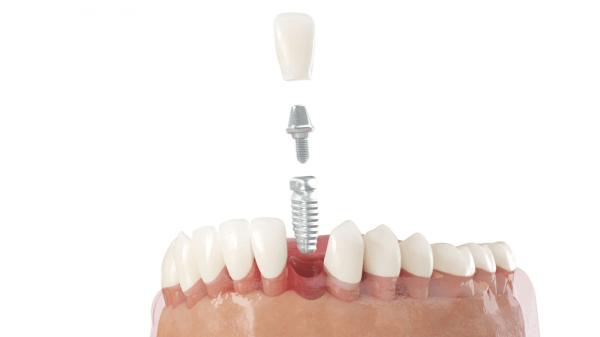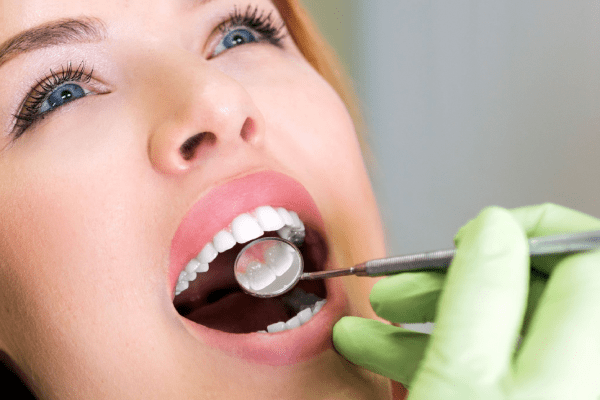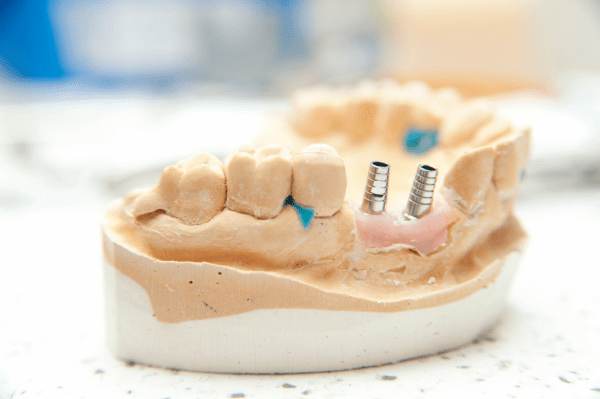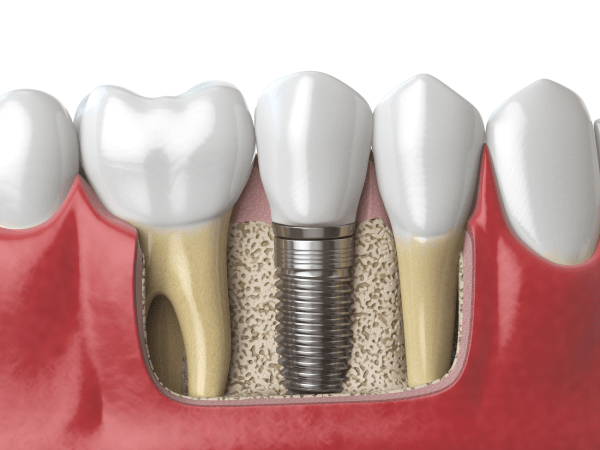What Are Dental Bridges and How Do They Work?
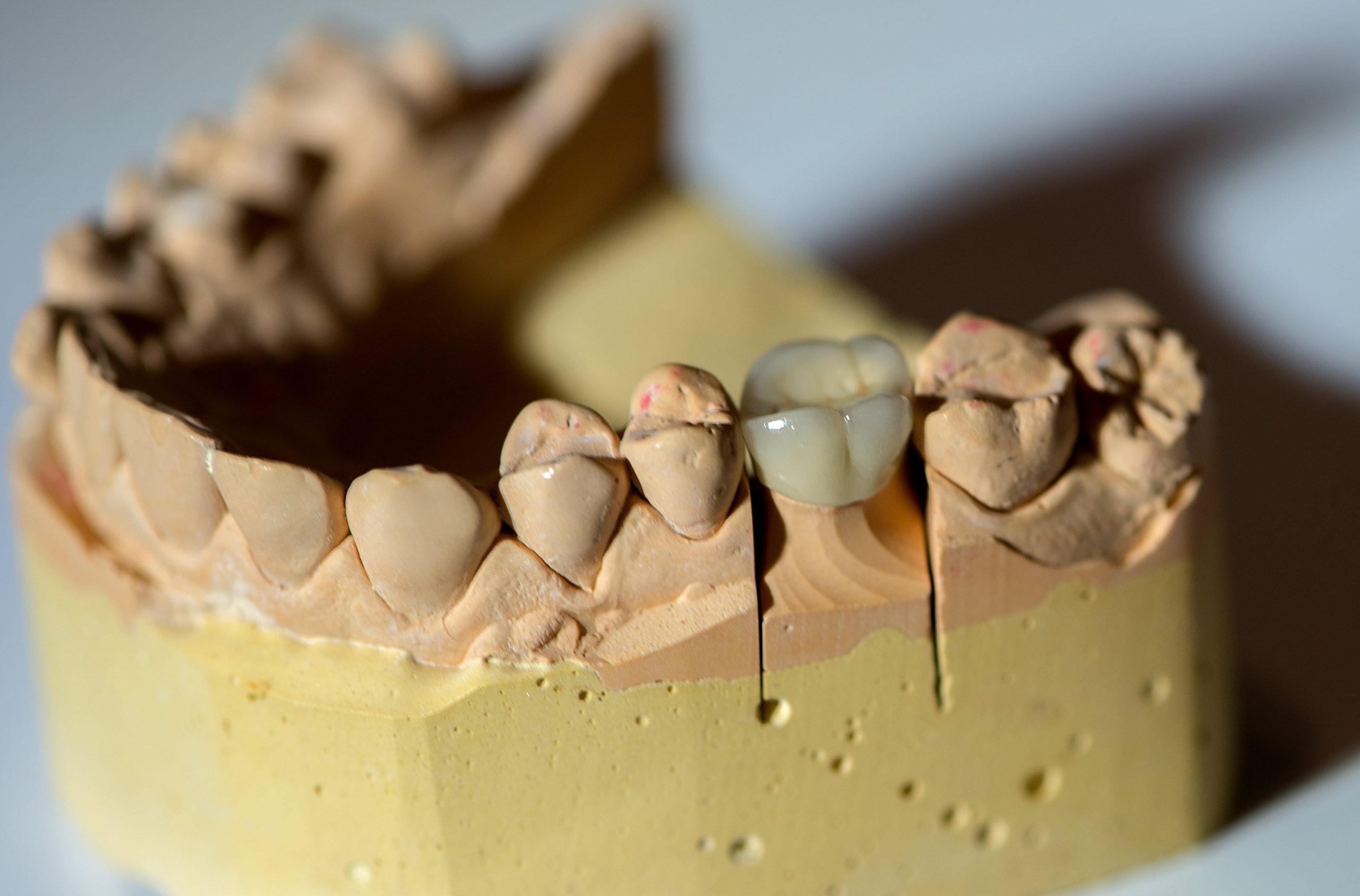
What Are Dental Bridges Made of?
A bridge is made up of two, three or more crowns for the teeth on each side of the gap (known as abutment teeth) and a false tooth or teeth in the middle. Pontics are fake teeth that are made out of gold, alloys, porcelain, or a mixture of these materials. Natural teeth or teeth implants help dental bridges.
Options for Teeth Replacement
If you have a missing tooth or teeth, there are a few options for replacing teeth and restoring your smile:
A dental implant is the first choice. This method has the best success rates, and the tooth would most likely survive a long time. In addition, unlike bridges and dentures, it does not cause any discomfort to the other teeth.
A dental bridge is the second choice. This is essentially a fake tooth that is attached to each of the neighboring teeth. You do not have to replace it because it’s locked in place meaning that it is a permanent dental treatment.
A denture is the third choice. This is a removable solution that is effective if you have several missing teeth on both sides of your arch. It is usually not the right cure for a single broken tooth. You should expect any movement when eating because it is not set in place.
The last solution is to leave the gap unfilled. This may result in unintentional shifting of adjacent teeth, which can move into the gap left by the missing tooth. It may affect the bite and shorten the lifespan of those teeth.
What Are the Main Types of Dental Bridges?
There are basically two main types of dental bridges. The first one is a conventional dental bridge.
What are the Conventional Dental Bridges?
Crowns are used to keep the bridge in place. This means that a tooth (or several teeth) would need to be softly ground down to protect the bridge. Crowns are being fitted for the two parallel teeth. The two adjacent teeth are bonded together by a three-unit dental bridge. These crowns are perfect because they have a better success rate, but they will take some teeth preparation. A good candidate for conventional dental bridges could be those whose neighboring teeth already have crowns.
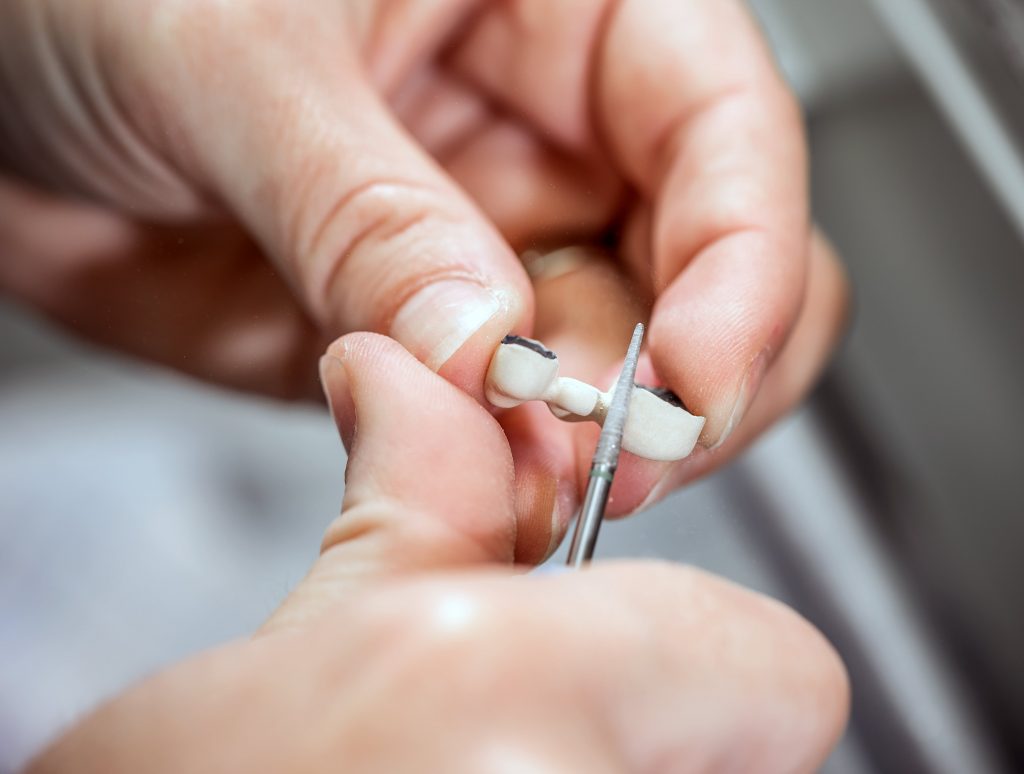
What are the Adhasive Dental Bridges?
Techonology has become advanced in the last ten years, and dental cement became visibly stronger which allows us to bond into tooth without any preparation. This main type of bridge is called adhesive bridges and they are more conservative. In this procedure, the false tooth has wings on its both sides. They are bonded in to back area of neighboring teeth.
The biggest advantage of adhasive dental bridges that they do not require tooth preparation. However, they can only be used in special conditions and are not good for back teeth. If your adjacent teeth are heavily filled, this type of bridge may not work because they rely on strong teeth to bond. Also, the success rates of adhasive dental bridges are lower than the conventional ones.
How Many Teeth Can I Have On A Bridge?
This is a difficult question because there are many different conditions that can occur. Teeth number on a bridge depends on the age, bite, location of adjacent teeth and many others that are too detailed. Therefore, after your dental examination, your dentist may give you clear answer to the question of “What is the maximum number of teeth I can have on a bridge?”
For predictable success rates of adhesive bridges, you can only have one false tooth. Larger ranges are probable for traditional bridges; and one of our dentists built six units of bridgework that were fixed to two teeth. So, it changes from person to person.

